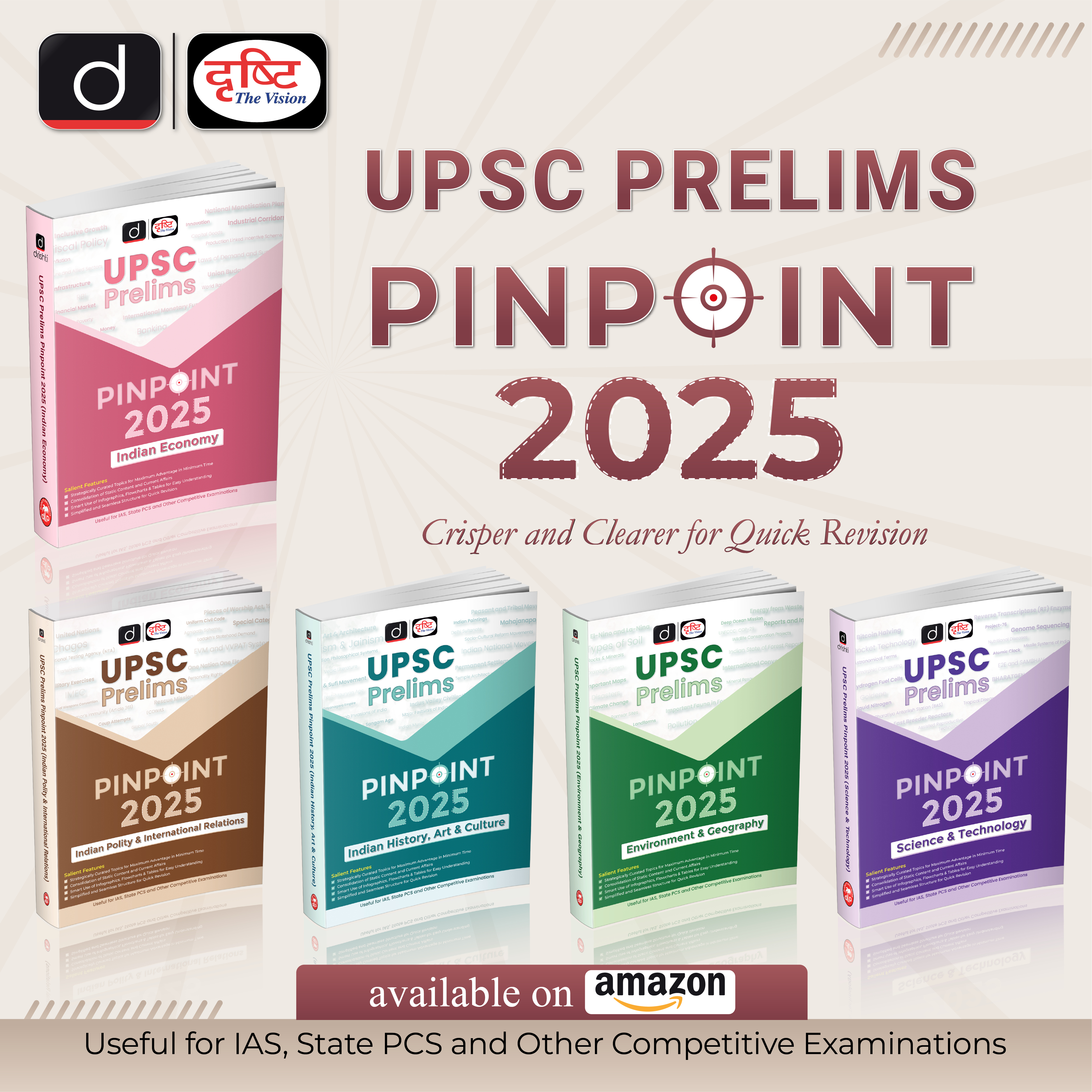Haryana Switch to Hindi
Haryana CM Announces Development Projects for Nuh
Why in News?
Recently, Haryana Chief Minister Manohar lal Khattar announced development projects worth approximately Rs 700 crore for Nuh district.
Key Points
- The chief minister also said that all gurukuls and madrasas "opting for modern education" would receive financial assistance upon registration with the Haryana School Education Board.
- Gurukuls and madrasas opting for modern education through the Haryana School Education Board will receive Rs 2 lakh per year for 50-80 children, Rs 3 lakh for 81-100 children, Rs 5 lakh for 101-200 children, and Rs 7 lakh per year for above 200 enrolments.
- This was announced during a state-level function organised in honour of Shaheed Raja Hasan Khan Mewati in Nuh.
- He also unveiled a 15-foot-tall statue of Shaheed Raja Hasan Khan at Government College Nagina on his martyrdom day.
- The chief minister virtually handed out job offers to 1,504 local youth for teaching positions under the Haryana Kaushal Rojgar Nigam (HKRN).
- He also announced the formation of a five-member committee named after Shaheed Hasan Khan Mewati, chaired by former MLA and state Waqf Board Chairman Zakir Hussain, to oversee development projects.
Raja Hasan Khan Mewati
- He was a Muslim Khanzada Rajput ruler of Mewat.
- The son of previous ruler Raja Alawal Khan, his dynasty had ruled Mewat State for nearly 200 years.
- He was a descendant of Raja Nahar Khan Mewati, who was the Wali of Mewat in the 14th century.
Haryana Kaushal Rozgar Nigam Limited
- It has been incorporated under the Companies Act, 2013 on 13th October, 2021.
- It has been set up with the objective of providing contractual manpower to all Government entities in Haryana in a transparent, robust and equitable manner.
- It will act as the authorized agency for providing contractual manpower in Haryana.
- Haryana Kaushal Rozgar Nigam, in the process of providing contractual manpower, will focus on:
- Uplifting socio-economically disadvantaged candidates
- Facilitating timely payment of salary and benefits to deployed manpower
- Ensuring adherence to the State Reservation policy
Central Waqf Council
- It is an Indian statutory body established by the Government of India under the Waqf Act, a subsection of the Waqf Act, 1995.
- It was established for the purpose of advising it on matters pertaining to the working of the State Waqf Boards and proper administration of the Waqfs in the country.
- Waqf is a permanent dedication of movable or immovable properties for religious, pious or charitable purposes as recognized by Muslim Law, given by philanthropists.
Haryana Switch to Hindi
Haryana Proposes Fresh Delineation of Eco-Sensitive Zone
Why in News?
Recently, the Haryana government has proposed that an area of 1,000 metres around the Sukhna Wildlife Sanctuary on the Haryana side be delineated as an Eco-Sensitive Zone (ESZ).
Key Points
- The proposal was sent in January 2024 to the Union ministry of environment, forest and climate change (MoEFCC) for issuing a final notification delineating the eco-sensitive zone on the Haryana side.
- The Sukhna Wildlife Sanctuary, spread over 25.98 square km (about 6420 acres), is under the administrative control of union territory of Chandigarh and shares its boundaries with Haryana and Punjab.
- The protected area, being rich with diverse flora and fauna, contains a variety of topographical features and was declared a wildlife sanctuary in 1988 by the Chandigarh administration.
- As per the draft proposal sent to the MoEFCC:
- The total area of the proposed eco-sensitive zone will be 2,460 hectares (about 6,078 acres).
- 10 villages - Prempura, Sukhomajri, Damala, Lohgarh, Manakpur Thakardas, Surajpur, Chandimandir Kotla, Darra Kharauni, Rampur and Saketri/Mahadevpur fall within the proposed ESZ.
- The state government has proposed to divide the ESZ into four zones:
- The extent of zone 1 will be 100 meters from the boundary of Sukhna wildlife sanctuary.
- Zone 2 will be 100 metres to 300 metres from the boundary of the protected area.
- Zone 3 will comprise of area falling in 300-700 metres from the boundary of the protected area.
- The rest of the area that is 700 to 1,000 metres from the boundary in the protected area shall be in zone 4.
- All activities other than the activities prescribed for conservation and protection of its habitat are prohibited.
- Eco-sensitive zones act as shock absorbers and insulate the protected area from the likely adverse impact of the activities in the adjacent areas.
- In the revised draft the state government has also incorporated the suggestions of Wildlife Institute of India that the eco-sensitive zone be extended till the reserve forest boundary.
Eco Sensitive Zones
- The National Wildlife Action Plan (2002-2016) of the Ministry of Environment, Forest and Climate Change (MoEFCC) stipulated that state governments should declare land falling within 10 km of the boundaries of national parks and wildlife sanctuaries as eco-fragile zones or Eco-Sensitive Zones (ESZs) under the Environmental (Protection) Act, 1986.
- While the 10-km rule is implemented as a general principle, the extent of its application can vary. Areas beyond 10 km can also be notified by the Union government as ESZs, if they hold larger ecologically important “sensitive corridors”.
Sukhna Wildlife Sanctuary
- It is located in Chandigarh.
- It forms the part of Sukhna Lake catchment area falling in Shivalik hills.
- Fauna: Sambar deer, Barking deer, and wild boar, as well as several species of birds, reptiles, and amphibians.
- Flora: The sanctuary is characterized by a mix of forests, grasslands, and wetlands, with the Sukhna Lake forming an important part of the ecosystem.








%20MPPCS%202025%20Desktop%20E.jpg)
%20MPPCS%202025%20Mobile%20E%20(1).jpg)










.png)
.png)











 PCS Parikshan
PCS Parikshan


